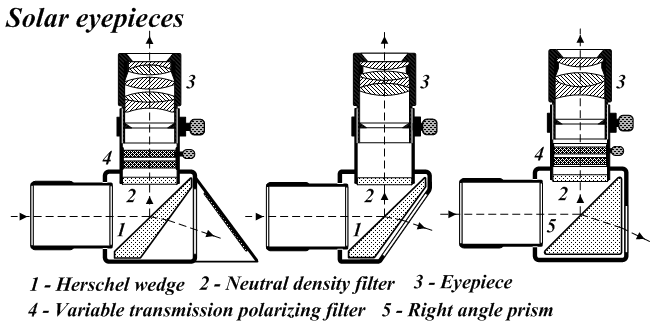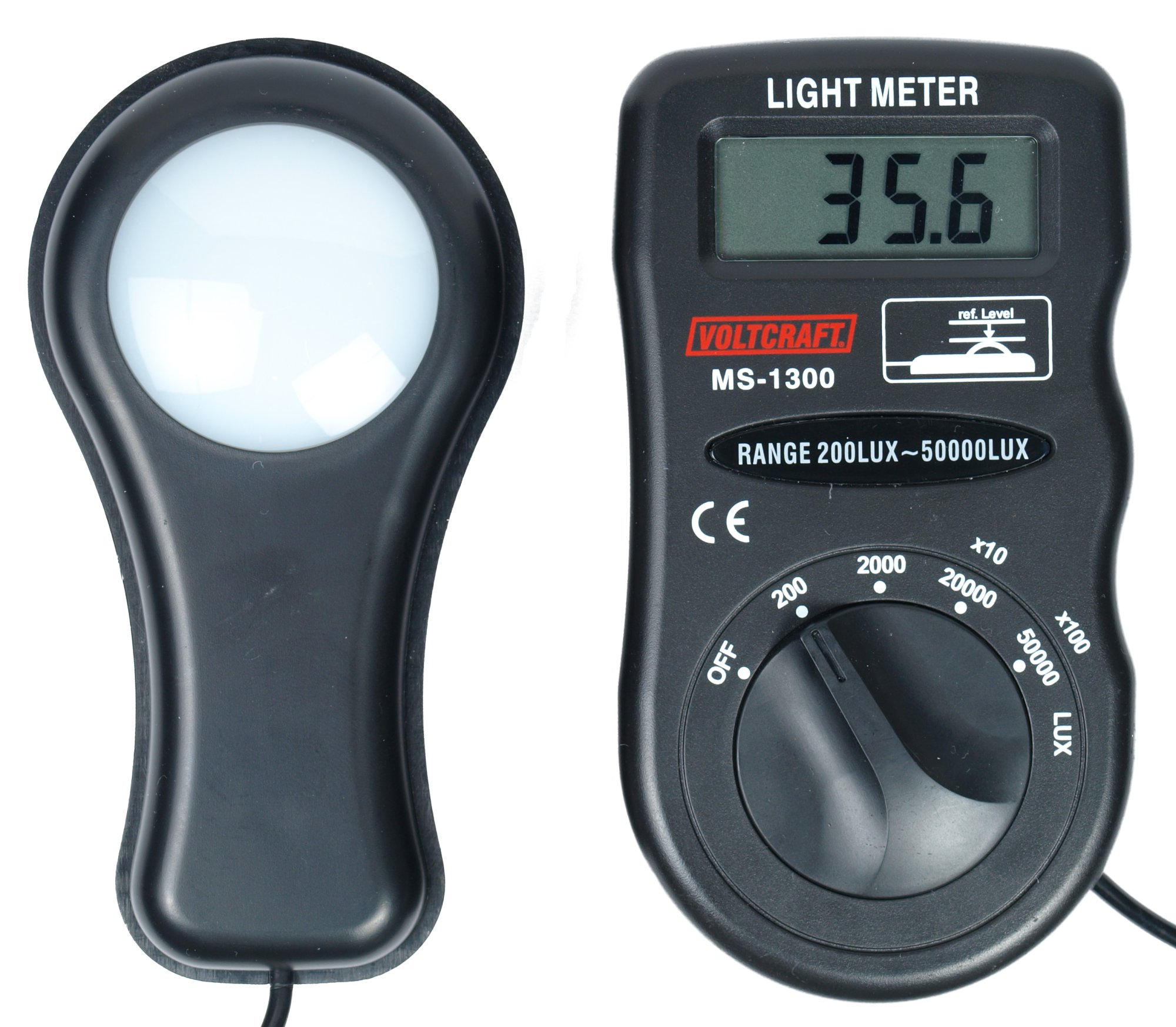|
Vilnius University Observatory
Vilnius University Astronomical Observatory is an astronomical observatory of Vilnius University. It was founded in 1753 by initiative of Thomas Zebrowski. The observatory is the fourth oldest observatory in the Europe. While the observatory is no longer able to make astronomical observations due to light pollution in Vilnius (observations are carried out at Molėtai Astronomical Observatory), it continues scientific research. Early history In 1753, on the initiative of Thomas Zebrowski the Vilnius University Astronomical Observatory was established, which was among the first observatories in Europe and the first in the Polish-Lithuanian Commonwealth. The construction was funded by Elżbieta Ogińska-Puzynina. First telescope (13.5 cm reflector) was donated by Michał Kazimierz "Rybeńko" Radziwiłł, Supreme Commander of the army of the Grand Duchy of Lithuania. Second, 10 cm reflector, was donated by bishop of Vilnius Józef Stanisław Sapieha. The golden age o ... [...More Info...] [...Related Items...] OR: [Wikipedia] [Google] [Baidu] |
Vilnius University
Vilnius University ( lt, Vilniaus universitetas) is a public research university, oldest in the Baltic states and in Northern Europe outside the United Kingdom (or 6th overall following foundations of Oxford, Cambridge, St. Andrews, Glasgow and Aberdeen). Today it is Lithuania's leading academic institution, ranked among the top 400 ( QS) or top 800 (ARWU) universities worldwide. As of 2022 QS ranks VU as 8th in CEE (ex. Russia); an ARWU equivalent would be 11th. The university was founded in 1579 as the Jesuit Academy (College) of Vilnius by Stephen Báthory, Grand Duke of Lithuania and King of Poland. It was the third oldest university (after the Cracow Academy and the Albertina) in the Polish–Lithuanian Commonwealth. Due to the failure of the November Uprising (1830–1831), the university was closed down and suspended its operation until 1919. In the aftermath of World War I, the university saw failed attempts to restart it by the local Polish Society of Friends of Scienc ... [...More Info...] [...Related Items...] OR: [Wikipedia] [Google] [Baidu] |
Constellation
A constellation is an area on the celestial sphere in which a group of visible stars forms a perceived pattern or outline, typically representing an animal, mythological subject, or inanimate object. The origins of the earliest constellations likely go back to prehistory. People used them to relate stories of their beliefs, experiences, creation, or mythology. Different cultures and countries adopted their own constellations, some of which lasted into the early 20th century before today's constellations were internationally recognized. The recognition of constellations has changed significantly over time. Many changed in size or shape. Some became popular, only to drop into obscurity. Some were limited to a single culture or nation. The 48 traditional Western constellations are Greek. They are given in Aratus' work ''Phenomena'' and Ptolemy's '' Almagest'', though their origin probably predates these works by several centuries. Constellations in the far southern sky were ad ... [...More Info...] [...Related Items...] OR: [Wikipedia] [Google] [Baidu] |
Photoheliograph
A solar telescope is a special purpose telescope used to observe the Sun. Solar telescopes usually detect light with wavelengths in, or not far outside, the visible spectrum. Obsolete names for Sun telescopes include heliograph and photoheliograph. Professional solar telescopes Solar telescopes need optics large enough to achieve the best possible diffraction limit but less so for the associated light-collecting power of other astronomical telescopes. However, recently newer narrower filters and higher framerates have also driven solar telescopes towards photon-starved operations. Both the Daniel K. Inouye Solar Telescope as well as the proposed European Solar Telescope (EST) have larger apertures not only to increase the resolution, but also to increase the light-collecting power. Because solar telescopes operate during the day, seeing is generally worse than for night-time telescopes, because the ground around the telescope is heated which causes turbulence and degrades the re ... [...More Info...] [...Related Items...] OR: [Wikipedia] [Google] [Baidu] |
Spectroscope
An optical spectrometer (spectrophotometer, spectrograph or spectroscope) is an instrument used to measure properties of light over a specific portion of the electromagnetic spectrum, typically used in spectroscopic analysis to identify materials. The variable measured is most often the light's intensity but could also, for instance, be the polarization state. The independent variable is usually the wavelength of the light or a unit directly proportional to the photon energy, such as reciprocal centimeters or electron volts, which has a reciprocal relationship to wavelength. A spectrometer is used in spectroscopy for producing spectral lines and measuring their wavelengths and intensities. Spectrometers may operate over a wide range of non-optical wavelengths, from gamma rays and X-rays into the far infrared. If the instrument is designed to measure the spectrum on an absolute scale rather than a relative one, then it is typically called a spectrophotometer. The majority ... [...More Info...] [...Related Items...] OR: [Wikipedia] [Google] [Baidu] |
Photometer
A photometer is an instrument that measures the strength of electromagnetic radiation in the range from ultraviolet to infrared and including the visible spectrum. Most photometers convert light into an electric current using a photoresistor, photodiode, or photomultiplier. Photometers measure: *Illuminance * Irradiance *Light absorption * Scattering of light * Reflection of light * Fluorescence * Phosphorescence * Luminescence History Before electronic light sensitive elements were developed, photometry was done by estimation by the eye. The relative luminous flux of a source was compared with a standard source. The photometer is placed such that the illuminance from the source being investigated is equal to the standard source, as the human eye can judge equal illuminance. The relative luminous fluxes can then be calculated as the illuminance decreases proportionally to the inverse square of distance. A standard example of such a photometer consists of a piece of paper ... [...More Info...] [...Related Items...] OR: [Wikipedia] [Google] [Baidu] |
Comet
A comet is an icy, small Solar System body that, when passing close to the Sun, warms and begins to release gases, a process that is called outgassing. This produces a visible atmosphere or coma, and sometimes also a tail. These phenomena are due to the effects of solar radiation and the solar wind acting upon the nucleus of the comet. Comet nuclei range from a few hundred meters to tens of kilometers across and are composed of loose collections of ice, dust, and small rocky particles. The coma may be up to 15 times Earth's diameter, while the tail may stretch beyond one astronomical unit. If sufficiently bright, a comet may be seen from Earth without the aid of a telescope and may subtend an arc of 30° (60 Moons) across the sky. Comets have been observed and recorded since ancient times by many cultures and religions. Comets usually have highly eccentric elliptical orbits, and they have a wide range of orbital periods, ranging from several years to potentially several ... [...More Info...] [...Related Items...] OR: [Wikipedia] [Google] [Baidu] |
Asteroid
An asteroid is a minor planet of the inner Solar System. Sizes and shapes of asteroids vary significantly, ranging from 1-meter rocks to a dwarf planet almost 1000 km in diameter; they are rocky, metallic or icy bodies with no atmosphere. Of the roughly one million known asteroids the greatest number are located between the orbits of Mars and Jupiter, approximately 2 to 4 AU from the Sun, in the main asteroid belt. Asteroids are generally classified to be of three types: C-type, M-type, and S-type. These were named after and are generally identified with carbonaceous, metallic, and silicaceous compositions, respectively. The size of asteroids varies greatly; the largest, Ceres, is almost across and qualifies as a dwarf planet. The total mass of all the asteroids combined is only 3% that of Earth's Moon. The majority of main belt asteroids follow slightly elliptical, stable orbits, revolving in the same direction as the Earth and taking from three to six years to co ... [...More Info...] [...Related Items...] OR: [Wikipedia] [Google] [Baidu] |
Jan Sniadecki
Jan, JaN or JAN may refer to: Acronyms * Jackson, Mississippi (Amtrak station), US, Amtrak station code JAN * Jackson-Evers International Airport, Mississippi, US, IATA code * Jabhat al-Nusra (JaN), a Syrian militant group * Japanese Article Number, a barcode standard compatible with EAN * Japanese Accepted Name, a Japanese nonproprietary drug name * Job Accommodation Network, US, for people with disabilities * '' Joint Army-Navy'', US standards for electronic color codes, etc. * '' Journal of Advanced Nursing'' Personal name * Jan (name), male variant of ''John'', female shortened form of ''Janet'' and ''Janice'' * Jan (Persian name), Persian word meaning 'life', 'soul', 'dear'; also used as a name * Ran (surname), romanized from Mandarin as Jan in Wade–Giles * Ján, Slovak name Other uses * January, as an abbreviation for the first month of the year in the Gregorian calendar * Jan (cards), a term in some card games when a player loses without taking any tricks or scoring ... [...More Info...] [...Related Items...] OR: [Wikipedia] [Google] [Baidu] |
Mercury (planet)
Mercury is the smallest planet in the Solar System and the closest to the Sun. Its orbit around the Sun takes 87.97 Earth days, the shortest of all the Sun's planets. It is named after the Roman god ' ( Mercury), god of commerce, messenger of the gods, and mediator between gods and mortals, corresponding to the Greek god Hermes (). Like Venus, Mercury orbits the Sun within Earth's orbit as an inferior planet, and its apparent distance from the Sun as viewed from Earth never exceeds 28°. This proximity to the Sun means the planet can only be seen near the western horizon after sunset or the eastern horizon before sunrise, usually in twilight. At this time, it may appear as a bright star-like object, but is more difficult to observe than Venus. From Earth, the planet telescopically displays the complete range of phases, similar to Venus and the Moon, which recurs over its synodic period of approximately 116 days. The synodic proximity of Mercury to Earth makes Mercury mo ... [...More Info...] [...Related Items...] OR: [Wikipedia] [Google] [Baidu] |
Jérôme Lalande
Joseph Jérôme Lefrançois de Lalande (; 11 July 1732 – 4 April 1807) was a French astronomer, freemason and writer. Biography Lalande was born at Bourg-en-Bresse (now in the département of Ain) to Pierre Lefrançois and Marie‐Anne‐Gabrielle Monchinet. His parents sent him to Paris to study law, but as a result of lodging in the Hôtel Cluny, where Delisle had his observatory, he was drawn to astronomy, and became the zealous and favoured pupil of both Delisle and Pierre Charles Le Monnier. Having completed his legal studies, he was about to return to Bourg to practise as an advocate, when Lemonnier obtained permission to send him to Berlin, to make observations on the lunar parallax in concert with those of Lacaille at the Cape of Good Hope. The successful execution of this task obtained for him, before he was twenty-one, admission to the Academy of Berlin, as well as his election as an adjunct astronomer to the French Academy of Sciences. He now devoted himself ... [...More Info...] [...Related Items...] OR: [Wikipedia] [Google] [Baidu] |
Grand Duke Of Lithuania
The monarchy of Lithuania concerned the monarchical head of state of Kingdom of Lithuania, Lithuania, which was established as an Absolute monarchy, absolute and hereditary monarchy. Throughout Lithuania's history there were three Duke, ducal Dynasty, dynasties that managed to stay in power—House of Mindaugas, Gediminids, House of Gediminas, and Jagiellonian dynasty, House of Jagiellon. Despite this, the one and only King of Lithuania who has ever been Coronation, crowned was King Mindaugas, Mindaugas I, although there were two more instances of royal nobles who were not officially crowned due to unfortunate political circumstances, but ''de jure'' received recognition abroad as kings of Lithuania from the pope or the Holy Roman emperor—Vytautas the Great by Sigismund, Holy Roman Emperor, Sigismund of LuxembourgNadveckė, Ineta (6 July 2019Trys Lietuvos karaliai: vienas tikras, vienas nelabai ir vienas beveik''Lithuanian National Radio and Television, LRT''. and Wilhelm Karl, ... [...More Info...] [...Related Items...] OR: [Wikipedia] [Google] [Baidu] |





.jpg)
